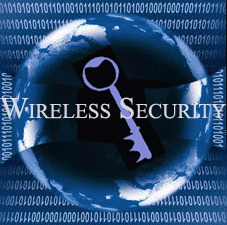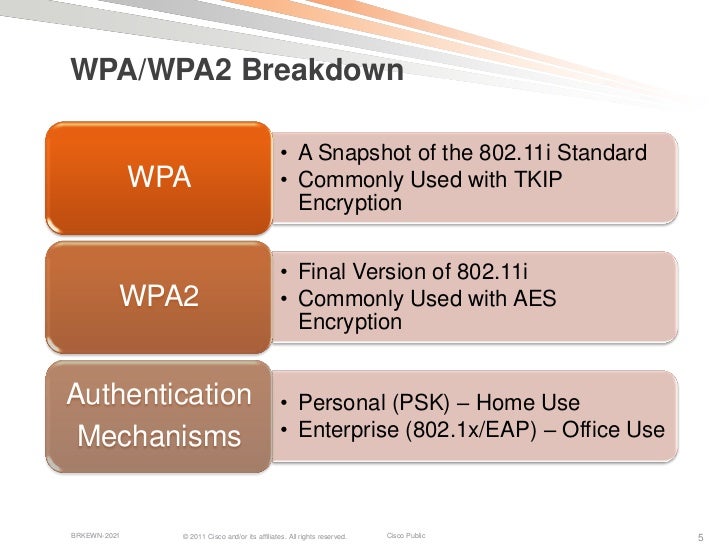

When travelling across the network, these texts can be easily cracked using the network packet sniffers. Besides this WEP sends out passwords in the form of plain texts. These types of ciphers are inherently considered insecure. Security For encrypting the network, WEP uses RC4 stream ciphers. It was developed to replace WEP protocol which has been securing the Wireless networks for decades. Introduced in the year 2003, WPA is a security protocol founded by the Wifi alliance. It is the most widely used security protocol with the standard 802.11i. Description Introduced in the year 1999, WEP is a security protocol that aims to provide security comparable to a Wired connection. Finally from this article, you will know which is the better security protocol. In this article, I will be concentrating on WEP Vs WPA | 5 Differences between WEP and WPA.

Knowing the differences will help you to decide which will be better for your Wifi network. For an average user these terms will be confusing. Despite of this their efficiency is totally different. Without them your network will be easily vulnerable to snoopers and the hackers.

Either of these encryption tool is a must for every wireless connection. These encryption methods are supported universally by almost all the routers and devices. Out of them Wired Equivalent Privacy ( WEP) and Wireless Protected Access ( WPA) are the 2 most widely used encryption tools which was created solely for securing your wireless network. To prevent these kinds of attacks different encryption schemes are introduced by the networks. Today even a sophisticated network can be easily cracked within a fraction of minutes. Anyone within that range can easily gather those informations. Now, if you have a need or concern about all users or devices sharing one key because of social engineering, trust, etc., then you do need to look at EAP/Enterprise options, but cryptographically, you're probably not going to beat WPA-PSK.Wireless networks are known for transmitting data frequently.
WHAT IS WEP VS WPA PASSWORD
As long as you choose a password of such complexity that it wouldn't appear in a dictionary list, WPA-PSK will be unbreakable. To carry the analogy further, while those key cards give great control and auditing for each employee, the underlying lock often is weaker than the good old-fashioned deadbolt.īack to the crypto, with a 256 bit key, the only feasible attack is to capture the wireless handshake and then run a dictionary attack. WPA-Enterprise/EAP is like having an key card system that electronically unlocks the door. To use an analogy, WPA-PSK is like having a dead bolt on your company door and providing every employee the same key. However, some of those options are very cryptographically weak. With the EAP options under WPA-Enterprise each user and device can have its own credentials and this increases control and auditing. EAP) implementation should not be in an effort to increase the cryptographic strength of a wireless network but to provide other benefits such as granular control over who or what connects to the network. The use of WPA-EAP-PSK or any WPA Enterprise (i.e. WPA2-PSK, provided the shared password is of sufficient complexity, is unbreakable given current resources. The major distinction between the two should not be about cryptography. There doesn't seem to be a lot of interest in it, either people don't want the complexity of WPA2-Enterprise at all (even with a simple authentication method) or they are content to use other more widely supported EAP methods.EAP-PSK has never passed the "experimental" stage of development.AFAIK, only wpa_supplicant has support for EAP-PSK and you will not find this native on most devices. Both the server and the client supplicant need to support the EAP method.Like other WPA2-Enterprise methods, you need to have an authentication server set up to authenticate against which adds complexity.However, many of the same vulnerabilities exist if an attacker were able to get a hold of the PSK (social engineering, written down, etc). WPA2 EAP-PSK should be somewhat more secure in that it would be harder to calculate the PSK from captured traffic. It is simple to set up and simple to use. The pros of WPA2-PSK is that it is supported in every 802.11 device of relatively recent manufacture (2nd gen 802.11g or so). It uses the PSK method of EAP and allows a client to authenticate with just the use of a PSK. WPA2 EAP-PSK uses WPA2-Enterprise to do an 802.1X authentication to server.


 0 kommentar(er)
0 kommentar(er)
